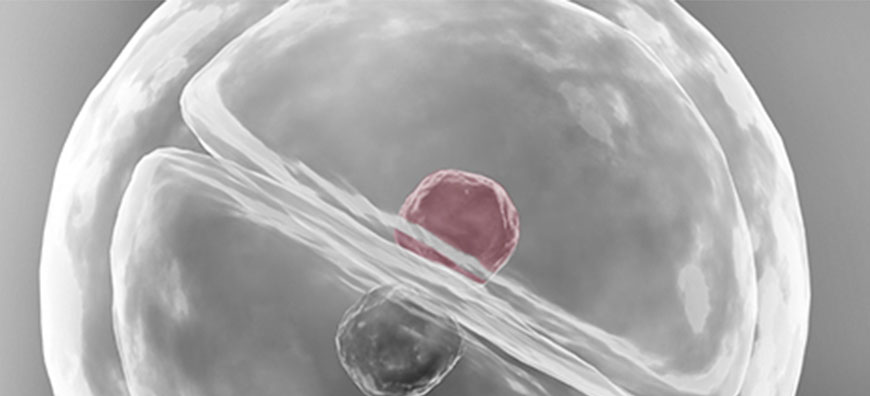Embryoscope


An Embryoscope is a kind of an incubator that is used in an IVF laboratory. It is used to maintain the requisite physiological conditions of an embryo to keep it alive. It comes with a time-lapse system with a video camera that helps to continuously record images of the development of the embryo.
The Embryoscope, therefore, aids the embryologist to conduct a study of the embryo in terms of its cell divisions and development while still in the incubator.
Fertility Treatment Using Embryoscope – Does It Work?
Recent studies have pointed to the fact that the study of cell divisions of the embryo helps to identify the best one suited for implantation. The cell division study focuses on specific events and time points during the development of the embryo that help to predict future development and how successfully the embryo can be implanted for a successful pregnancy. The different time points help the fertility specialists to choose the best embryo for implantation from among the many. All this is possible only if the events are captured using a time-lapse camera. A regular microscopic examination may not be able to capture the required time points required for spotting out the best embryo. This is because the said time points need not be the same for all the embryos.
Previous studies have indicated that specific embryos with certain development patterns and division times have a 15 to 20 percent better chance of pregnancy. Using an Embryoscope, it is possible to chalk out the optimum times for the cell divisions and further check if they are taking place at these times. The chances of pregnancy are better if the embryos checked using an Embryoscope can be used.
Traditional Routine Embryo Selection Procedure
After a routine IVF or ICSI procedure, the embryos are kept in a heated incubator under a strictly controlled environment. These incubators are designed to provide the same natural environment as in a woman’s womb to the embryos. The embryos that are kept in dishes are taken out of the incubator from time to time (at pre-set time points) and checked for development patterns. The examination is usually done under a microscope. With the results, the specialists predict as to which of the embryos are best suited for implantation and a successful pregnancy thereafter. After the microscopic examination, the embryos are returned to the temperature-controlled incubator as quickly as possible to avoid any kind of damage due to exposure
Embryoscope: Who is it Best Suited For?
Theoretically, the Embryoscope can be used for any patient that is undergoing IVF treatment for the purpose of conception. However, the best outcomes are for those individuals who produce the greatest number of embryos. Here, the chances of selection of a better embryo are higher. The Embryoscope works best in such cases.
When there are more embryos, the amount of information is more and this helps in cases when there has been repeated failure after embryo implantation. The failure may also be due to recurrent miscarriages or when the maternal age is high. It will also help women to take an informed decision about the future course of the current fertility treatment.
The Embryoscope is not one that can be used for any patient. This matter has to be discussed with the consultant whether it is suitable for a specific case. The Embryoscope is used in those cases as in repeated failure after implantation. The cost-effectiveness of this mode treatment should also be discussed with the patient before use.
We at the IVF Spring Fertility Center provide the Embryoscope facility for specific cases after due counseling.
